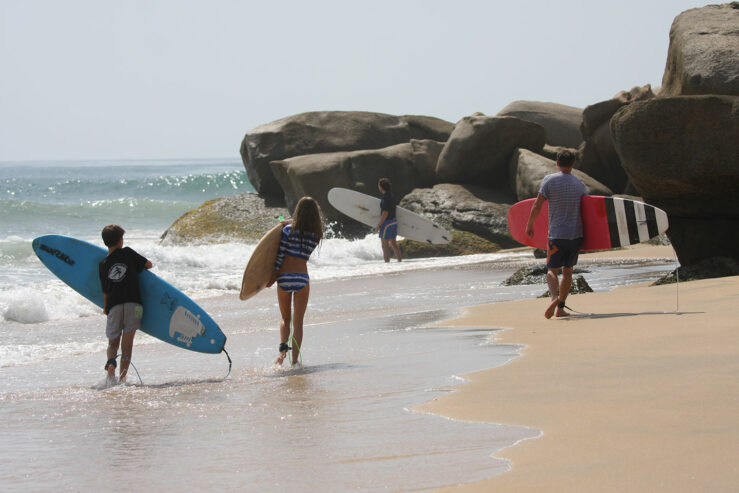Nestled in Sri Lanka’s central plains is Kandy – known as its cultural capital. This historic city is home to one of the most venerated sites in Buddhism: the Temple of the Sacred Tooth Relic. Also known as “Sri Dalada Maligawa,” the temple houses the tooth relic of the Buddha, drawing in hundreds of pilgrims and tourists. It is also a shining example of local architecture. Here is a guide to visiting the temple and other attractive places in Kandy:
The Kandy Temple of the Sacred Tooth Relic holds great historical and religious significance. According to legend, the tooth was taken from the Buddha’s funeral pyre in 543 BCE and brought to Sri Lanka, hidden in the hair of Princess Hemamala. Since then, the relic has symbolised the authority to rule by ancient kings. These rulers took great measures to safeguard it, relocating it to different places to protect it from invaders. Many people wonder who built the Dalada Maligawa. The present temple complex was constructed in the late 17th century by King Vimaladharmasuriya I. It has been expanded and renovated by later rulers. Today, it is recognised as a UNESCO World Heritage Site.
The Temple of the Sacred Tooth Relic is one of the most famous places in Kandy due to its combination of architectural styles, which include Kandyan and South Indian influences. Its white stone walls and golden canopy are especially eye-catching. Inside, you can admire the intricate carvings and frescoes that depict tales from the country’s ancient history and mythology. An important attraction is the Octagon, also known as “Pattirippuwa,” built during the reign of King Sri Vikrama Rajasinha. While it was originally used as a royal audience hall, it is now used to store ancient palm-leaf manuscripts. The sacred tooth relic is housed in the inner sanctum. It is heavily guarded and only monks and dignitaries are allowed to enter. However, guests can catch a glimpse of the relic inside the golden casket during the daily puja ceremonies.
The Dalada Maligawa opening hours are from 5.30 am to 8 pm daily. For foreigners, the entrance fee to the Temple of the Sacred Tooth Relic is Rs.1000, plus an additional Rs.300 for photography. Entrance is free for locals. The best time to visit is during the daily puja ceremonies, which take place at dawn, midday, and in the evening. These ceremonies provide a glimpse into the spiritual practices related to the relic, and are accompanied by traditional drumming.
Make sure to dress modestly when visiting the temple, by covering your shoulders and knees. It’s also customary to remove shoes and hats before entering. If you’re wearing shorts, you can rent sarongs at the entrance. While photography is allowed in most areas, be respectful and avoid taking photos during the puja ceremonies. Remember that it’s considered disrespectful to turn your back on the Buddha statues as well.
If you want to learn more about the temple of the tooth relic, consider hiring a guide. Guides can provide insight into the history and legends related to the tooth relic. Guided tours are available in various languages.
The best time to travel to Kandy is during July or August. This will give you the chance to witness the Esala Perahera – one of the most majestic festivals in Sri Lanka. This impressive celebration is held in honour of the Sacred Tooth Relic, with dancers, drummers, fire performers, and elephants. The festival lasts for ten days and ends with a parade.
The temple is part of a larger complex that includes the Royal Palace and the Kandy Lake. After your visit, you can stroll around the scenic lake. Also pay a visit to other famous places in Kandy like the National Museum, Udawattakele Forest Reserve, or the Royal Botanical Gardens, Peradeniya. Visitors will have a wide selection of accommodation in Kandy, from guest houses to luxury hotels such as Jetwing Kandy Gallery.
The Temple of the Sacred Tooth Relic holds a special place in the hearts of devotees. It’s not merely a popular tourist site, but also a symbol of Sri Lanka’s cultural and religious heritage.
























































